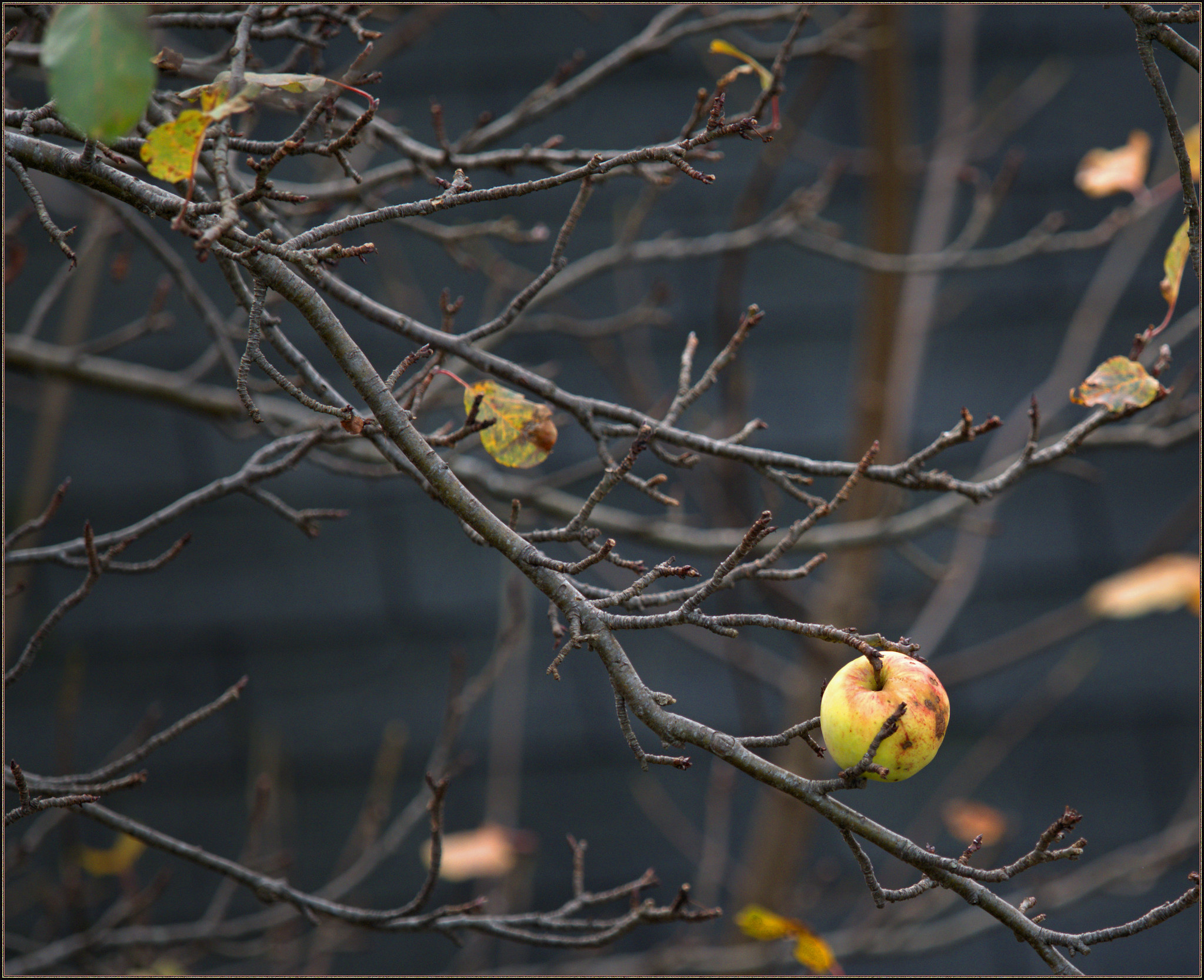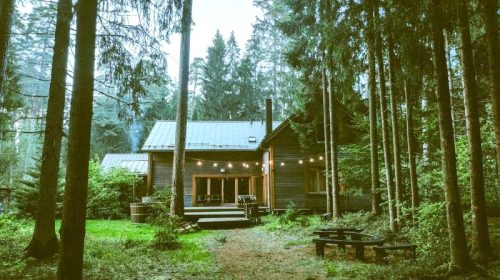Ben Lomond Gardener: Nip and Tuck for the New Year
By Uncle Skip
On December 21, the Winter Solstice, we rounded the corner at the wintery end of the year’s ellipse. After this most sacred of all garden holy days, the hours of sunlight begin to increase again, as the Northern Hemisphere starts tilting back towards the sun. Meanwhile, the winter garden is a cool, calm, relaxing place. The bones (roots, branches and stones) are in full view, even more so once pruning is done. It’s like seeing the sheet music for a piece you’ve learned by ear. Beautiful in pattern, as much as in detail.
Bamboos in winter are thick with sharp green foliage against golden, green, or striated culms (shoots). Almost everything deciduous is bare, so the bamboos stand out, but not entirely alone. Manzanita, its wine-red limbs “stark and shiny in the breeze” (Grateful Dead, R. Hunter, 1968), rests before pushing white flower buds. Silk tassel (Garrya elliptica) is filling up with soft, dangling, dusty-brown tufted clusters. Several varieties of rosemary are flowering right now, oblivious to low light and nightly frost.
Roses and apples require your attention in December and January. I do not advocate spraying anything besides OMRI-certified products, however, I do strongly advocate using those this month or next for protection against plant diseases and insect pests. I use dormant oil (mineral oil) and copper diammonium. Copper sulfate is a good alternative. On apples, apply three times each winter; at Thanksgiving, Christmas, and New Year’s Day, roughly. You can stray slightly from this schedule, but dormant spray will wash off with winter rains, so plan treatments accordingly. I only spray roses once per year. Dormant oil plus copper diammonium in January, just after pruning.
Pruning is one of the bigger winter tasks. I have a full-sized, old-school Granny Smith apple tree that was pruned in an erratic, if not barbaric manner by the previous occupants. They seem to have assaulted the poor tree with a chainsaw every three or four years, at random and without beneficial effect. With focus and patience, however, even this kind of butchery can be reversed (took me 20 years). I heartily recommend Orin Martin’s classes and book “Fruit Trees for Every Garden” (10 Speed Press, 2019).
Herewith, a few simple pointers. If you remember nothing else, prune for light and air. Light for even growth and fruit ripening; air for circulation and protection against disease microbes. Second, remove dead, damaged, diseased, and crowded wood. You can remove (thin) as much as one third of the fruit wood on apples, either by directly pruning fruiting spurs or by removing older laterals on which they grow (check photos of fruit and foliar buds to learn the difference). I’ve trained my Granny Smith into an ”open center” form; with several large scaffolding branches extending out around the trunk more or less in balanced weight and volume. The “central leader” form is more common on dwarf and semi-dwarf trees. Use “heading” cuts to stimulate growth. On two-year-old wood, cut back to lower, outward-facing bud to stimulate new growth. Head back easy, just above a bud near the top of the stem to keep the stem at its present size and encourage foliage and fruit spur growth below.
I have three kinds of roses that benefit from moderate to hard winter pruning: floribunda, shrub, and English. These roses blossom on this year’s wood. Remove older, gnarled shoots and replace with younger, thick, fast-growing ones over time. On a mature floribunda rose, cut back to four to six main stems growing from the base of the plant. What remains looks like an inverted hand, fingers open part way and extended skyward. Shrub roses will respond well to similar treatment, but you can leave more wood and longer stems in place. English roses also respond well to a lighter touch, however, I have been quite ruthless with my Graham Thomas, removing 50% of the shoots every year. I still get a magnificent head of rich, yellow blooms over the arbor.
Uncle Skip writes about seasonal gardening from his home in beautiful Ben Lomond, California.
The San Lorenzo Valley Post is your essential guide to life in the Santa Cruz Mountains. We're dedicated to delivering the latest news, events, and stories that matter to our community. From local government to schools, from environmental issues to the arts, we're committed to providing comprehensive and unbiased coverage. We believe in the power of community journalism and strive to be a platform for diverse voices.





